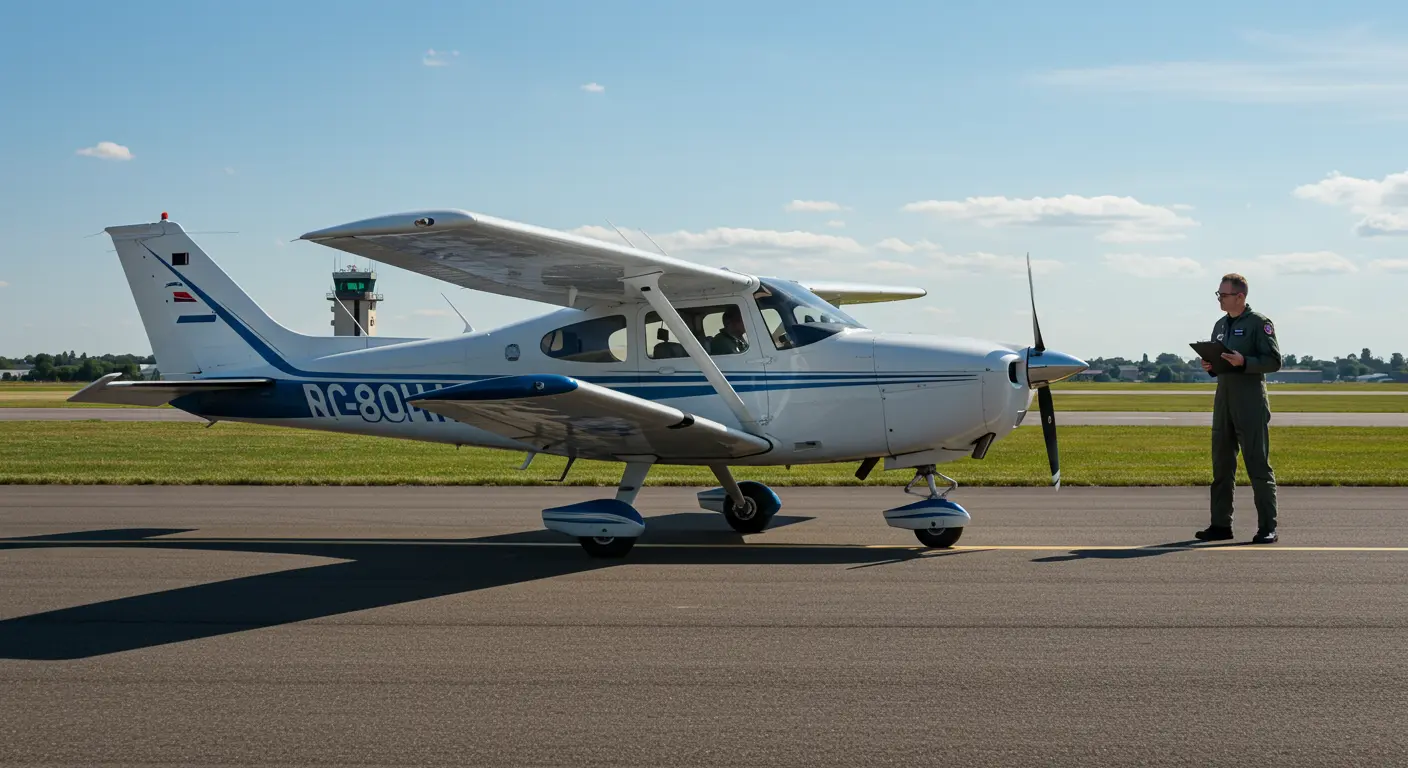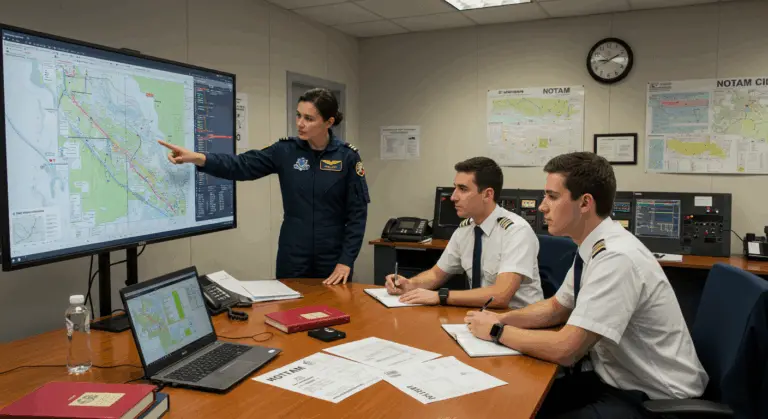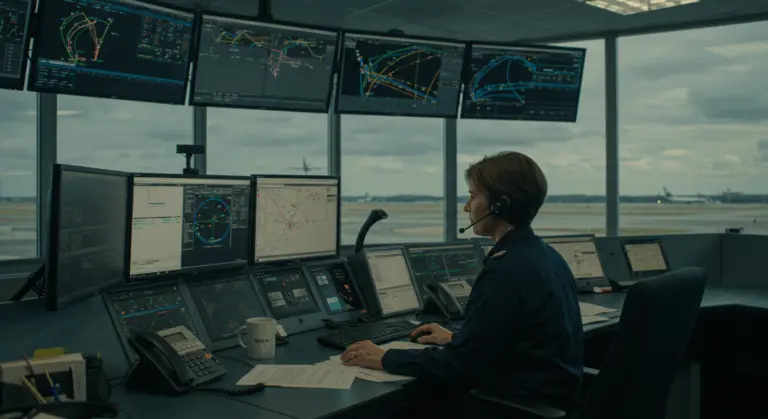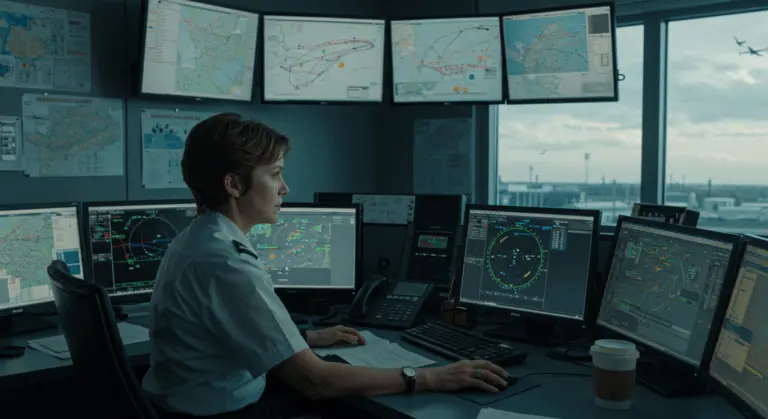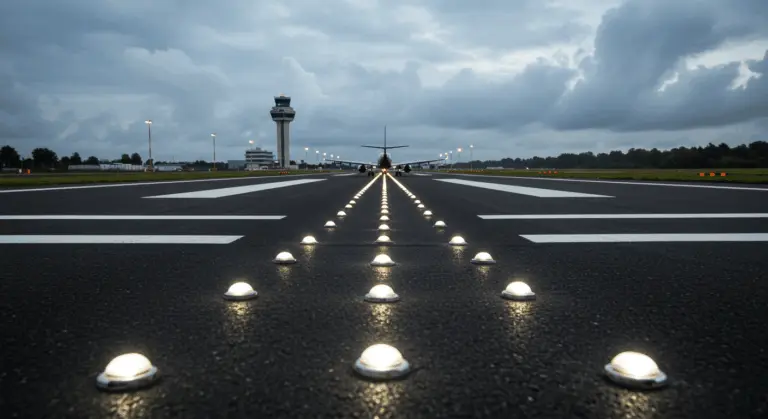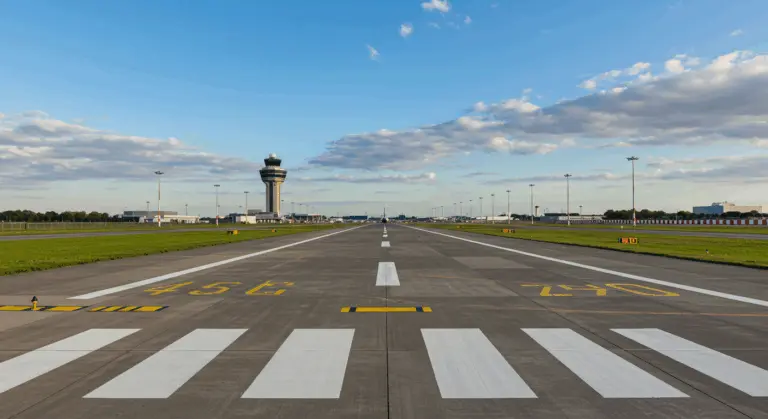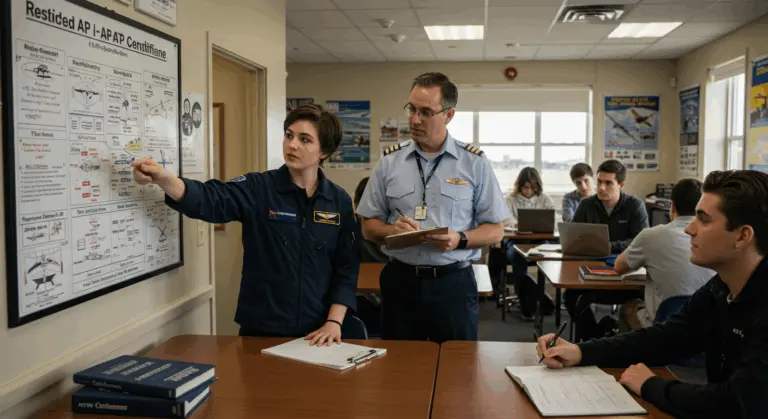Slip vs Skid: Understanding the Differences in Aviation
Understanding Slip and Skid in Aviation
In aviation, understanding the concepts of slip and skid is fundamental to safe and efficient flight operations. These terms describe specific uncoordinated flight conditions that dramatically affect how an aircraft moves through the air.
A slip occurs when the aircraft’s nose points away from the turn’s direction, causing the aircraft to drift laterally toward the turn’s inside. This significantly increases drag and creates a turn radius that extends beyond the desired path. During a slip, the aircraft essentially moves sideways as well as forward relative to the oncoming airflow.
Conversely, a skid presents the opposite scenario. The nose points into the turn while the aircraft slides laterally toward the outside. This also increases drag but creates a tighter turn radius than intended.
Both conditions represent uncoordinated flight that severely reduces aerodynamic efficiency. Pilots identify these conditions using the turn coordinator: in a slip, the ball displaces toward the turn’s inside; in a skid, it shifts toward the outside.
What is a Slip Turn?
A slip turn represents a specific type of uncoordinated turn where the aircraft slides sideways toward the turn’s center. This phenomenon occurs when the horizontal component of lift exceeds the centrifugal force acting on the aircraft. During a slip turn, the ball in the turn coordinator instrument drifts toward the turn’s inside, while the aircraft’s nose points toward the turn’s outside.
A slipping turn results from either a rate of turn that’s too slow for the bank angle being used, or insufficient rudder pressure in the turn’s direction. This causes the nose to yaw away from the turn.
Pilots sometimes intentionally employ slip turns as a flight technique. A deliberate slip is valuable for increasing drag and descent rate without significantly boosting airspeed. This makes it useful for emergency descents or when approaching runways requiring steeper approach angles. However, unintentional slips during normal flight operations signal poor coordination and demand immediate correction to maintain efficient flight.
Forward Slip vs Side Slip
While all slips involve uncoordinated flight, pilots distinguish between two main types: forward slips and side slips. Each serves distinctly different purposes in flight operations.
A forward slip features full, steady rudder deflection combined with opposite aileron inputs to maximize drag and increase the aircraft’s descent rate. During a forward slip, the aircraft’s nose won’t align with the flight path centerline. The lowered wing faces the direction of flight. Pilots primarily use forward slips to steepen approaches and reduce height without gaining excessive airspeed, using the increased drag to control descent.
In contrast, a side-slip involves partial, varying rudder and aileron inputs to keep the aircraft aligned with the runway centerline while moving sideways. This technique is especially valuable during crosswind landings. It allows pilots to counteract crosswind components while maintaining proper runway alignment. In a side-slip, the aircraft’s nose points in the same direction as its track, regardless of which wing is lowered.
The key difference lies in their purpose: a forward slip steepens descent by increasing drag, while a side-slip counteracts crosswinds while maintaining runway alignment. Both techniques demand practice executing safely.
What is a Skid Turn?
A skid turn represents another form of uncoordinated flight, but with characteristics opposite to those of a slip turn. During a skid turn, the aircraft’s body slides sideways away from the turn’s center. This occurs when centrifugal force exceeds the horizontal component of lift, creating a dangerous imbalance in the forces acting on the aircraft.
The most reliable indicator of a skid turn is the behavior of the turn coordinator instrument. In a skid, the ball moves to the turn’s outside, away from center. Meanwhile, the aircraft’s nose points toward the turn’s inside, creating an aerodynamically inefficient condition.
Skidding turns typically result from one of two situations: either the rate of turn is too fast for the bank angle being used, or the pilot applies excessive rudder pressure in the turn’s direction. The common aviation expression “step on the ball” refers to the corrective action needed during a skid—applying rudder pressure on the same side as the ball to bring it back to center.
Differences Between Slip and Skid
| Characteristic | Slip | Skid |
| :— | :— | :— |
| Nose Position | Points to the outside of the turn | Points to the inside of the turn |
| Lateral Movement | Aircraft slides toward the inside of the turn | Aircraft slides toward the outside of the turn |
| Turn Coordinator | Ball moves to the inside of the turn | Ball moves to the outside of the turn |
| Stall Tendency | High (outside) wing stalls first | Low (inside) wing stalls first |
| Relative Danger | Less dangerous; tends to self-correct by leveling wings | More dangerous; can lead to a spin |
Why Skids Are More Dangerous Than Slips
Skidding turns pose significantly greater risks to flight safety than slipping turns, primarily due to their stall and spin characteristics. Understanding these dangers is essential for pilots at all experience levels.
The primary danger of a skid lies in its potential to develop into a cross-control stall and subsequent spin. During a skidding turn, the outer wing generates more lift than the inner wing. If a stall occurs in this configuration, the aircraft will likely roll rapidly toward the low wing—the inside of the turn. This can potentially lead to an unrecoverable spin if it occurs close to the ground.
This heightened risk exists because, in a skid, the low (inside) wing flies at a higher angle of attack. When a stall occurs, this wing stalls first. As a result, the aircraft often rolls deeper into the turn and enters a spin.
This scenario becomes particularly dangerous during base-to-final turns in the landing pattern. Here, pilots might be tempted to use excessive rudder to align with the runway rather than properly adjusting their bank angle. Many fatal accidents have occurred in this phase of flight due to skidding turns developing into spins at altitudes too low for recovery.
In contrast, a slip is generally more forgiving because the high (outside) wing stalls first, which tends to level the wings rather than aggravate the turn.
How to Avoid a Skid Turn
Preventing skids represents a fundamental skill achieved by maintaining coordinated flight. Key techniques include:
How to Recover from a Skid Turn
If a skid occurs, prompt and proper recovery actions are essential to prevent a stall or spin. The procedure involves these critical steps:
Conclusion: Mastering Slip and Skid for Safer Flying
Understanding the dynamics of slips and skids goes beyond academic exercise—it is a critical component of safe and effective aircraft control. These concepts embody fundamental aspects of flight coordination that every pilot must master.
Slips, with the aircraft’s nose pointing away from the turn and moving laterally toward the inside, can become valuable tools when used intentionally. They allow pilots to increase drag and descent rate without building excessive airspeed. This makes them useful for emergency descents or approaches to short runways. However, unintentional slips indicate poor coordination that demands immediate correction.
Skids present a different story entirely. With the nose pointing into the turn while the aircraft moves laterally outward, they pose significantly greater dangers—particularly the risk of entering a spin if a stall occurs. This makes vigilance against skidding turns, especially at low altitudes, an essential safety practice.
The ability to recognize these conditions early—primarily through proper instrument scanning and developing a feel for the aircraft—allows for prompt corrections before a situation becomes hazardous. Similarly, knowing the proper recovery techniques for both conditions provides pilots with the tools to handle unexpected situations confidently.
By mastering the concepts of slip and skid, pilots enhance not only their technical flying skills but also their overall safety margins. This knowledge builds a foundation for more advanced maneuvers and contributes to the smooth, coordinated flight that characterizes skilled aviators. Remember: regular practice with a qualified instructor remains the best way to develop and maintain these essential skills throughout your flying career.

